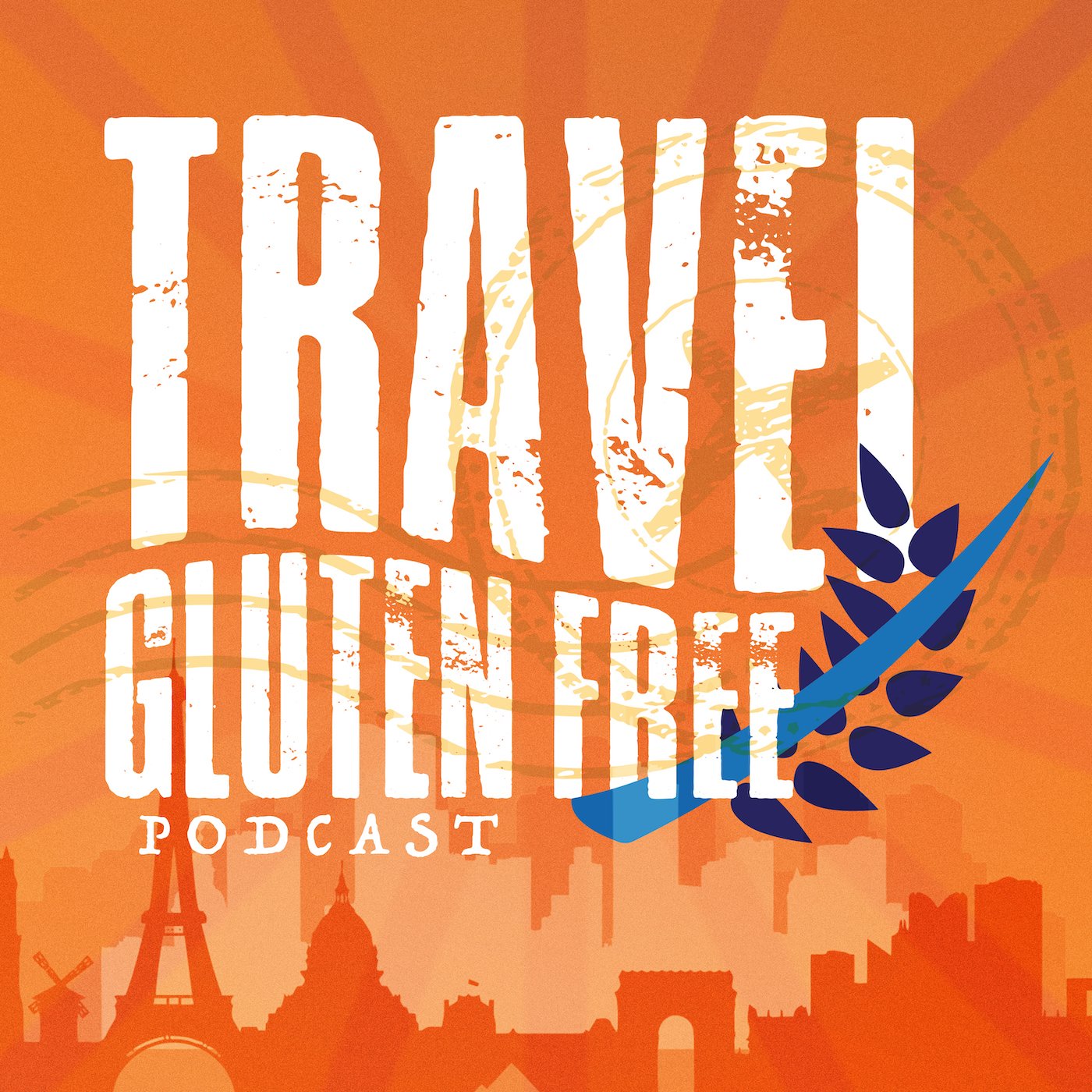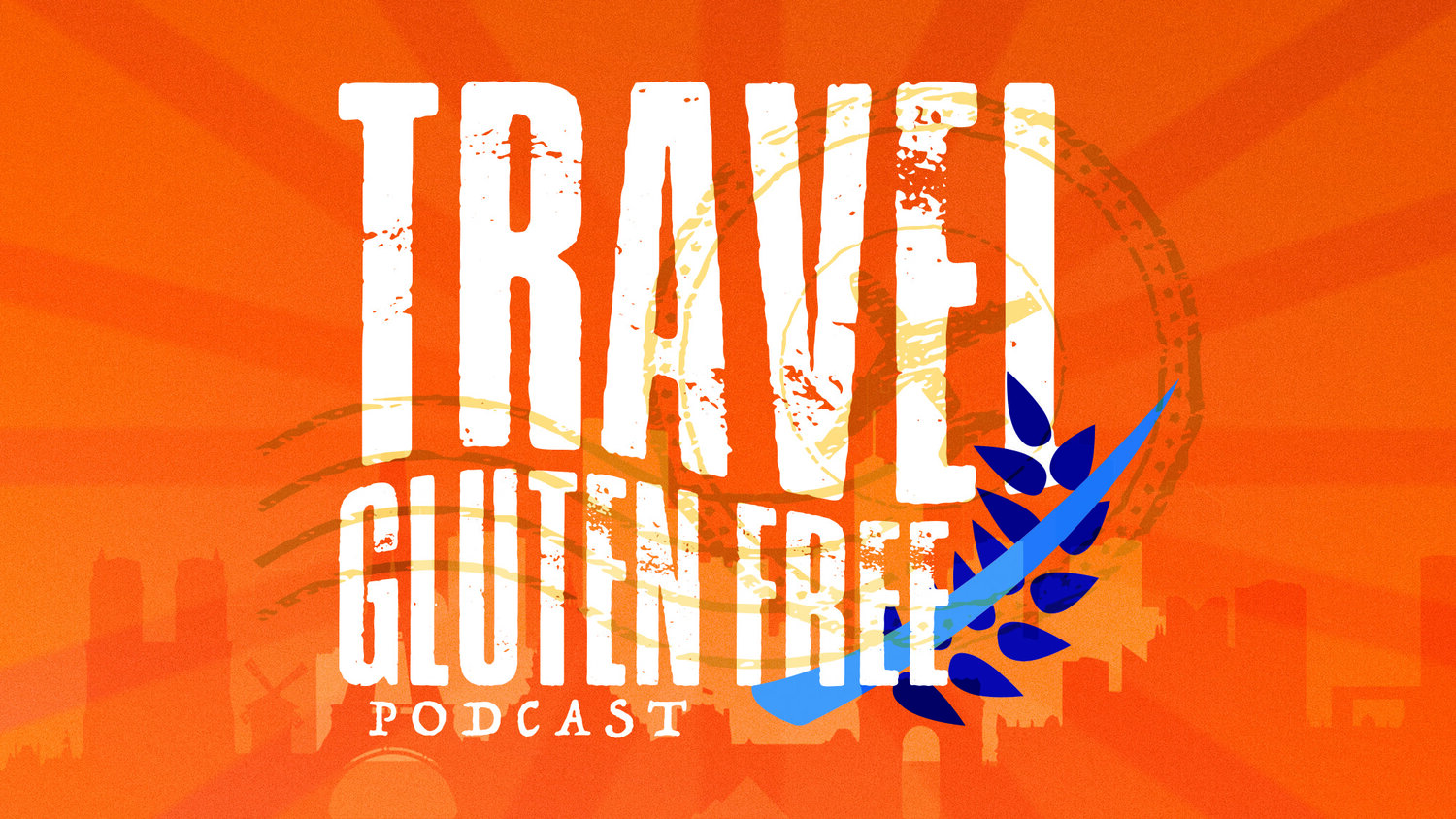Gluten Free and Gluten-Containing Grains
Whether you are celiac, gluten-intolerant, have acquired Hashimoto's, or have another autoimmune disorder, your doctor may have told you to stay off of gluten. The fact is the protein in gluten pokes at your immune system and can make you sick whether you have Celiac disease or another autoimmune condition other than Celiac disease.
You may be wondering how your grandparents and great-grandparents ate as much gluten as we did, and they were perfectly fine? The fact is, the wheat and gluten-containing grains our grandparents ate had 20x less gluten in the grains. So, even though they were consuming barley and wheat, they ate much less gluten.
And while an estimated 1 in 100 people worldwide suffers from Celiac disease as an inherited autoimmune disorder, you will see several people who are related to each other in the same family come down with Celiac disease usually around the same period. If you're Celiac and ingest gluten, the gluten protein will cause your immune system to destroy your villi, fingerlike parts of our small intestine that are responsible for absorbing nutrients.
Gluten helps bind and shape foods by creating elasticity. Simply put, it is a substance present in cereal grains, especially wheat, responsible for the elastic texture of dough that makes our bread chewy.
Modern Day Processed Gluten
Today, with the modern miracle of science, we have figured out ways to process foods that are foreign to our food supply and our evolution. For example, did you know that our hybridized gluten has introduced five different gluten proteins into our diet which weren't eaten previously? This creates a host of foreign proteins in our digestive and immune systems. What does our body do when confronted with these new proteins foreign to our bodies? Our bodies are made to fight off foreign proteins, such as those found in our new hybridized gluten, along with bacteria and other invasive microscopic flora and fauna.
Gluten That is Water-Soluble
In addition, scientists figured out a way to make gluten water-soluble, which is why gluten is now found in many sauces, dressings, and glazes. Being water soluble, gluten can now be placed in various foods in different forms. Gluten is now widely available as an ingredient in sauces, dips, and dressings. We are getting doses of gluten in formats we have not previously available in our diet. If the product is a liquid that needs to be thickened, water-soluble gluten or mixing in a gluten-based flour is a readily available and economical solution to create thicker liquid forms of food.
Where Does Gluten Hide?
Gluten hides in many different foods, such as rotisserie chicken, peanuts, and beef jerky, which you wouldn't expect. In addition, gluten disguises itself under code names you may not understand or know! Here are common places and names which gluten can hide under.
Maltodextrin Unless specifically made from corn or potato, maltodextrin comes from wheat gluten. Although the FDA claims there is not enough gluten in maltodextrin to make a person with celiac disease sick, that person from the FDA forgot to mention this to my digestive tract when my system dumps everything out during the next 48 hours.
MSG stands for Monosodium Glutamate - do you see the gluten now? Although some medical professionals say this is safe for Celiacs, I always get sick when I eat MSG. Make sure to test foods with MSG, listen to your body, or stay away from MSG altogether. If you don't have Celiac disease, you could have an allergic reaction to the MSG, so be careful. I avoid consuming this food altogether.
Gluten can hide in places you would least expect, such as black licorice, gummy bears, chocolate truffles, lunchmeat, and ice cream. However, because it's used as a thickener, many chefs and cooks have relied on using gluten for decades because of its accessibility and affordability.
So let's get to it - where can you expect to find gluten when looking at a menu or in the supermarket shopping for food? Here is a list of gluten-free and gluten-containing grains that you'll find in American food stores.
Grains That Are Gluten Free
According to the Canadian Journal of Dietetic Practice and Research, almost all the commercially available products labeled as gluten-free are more expensive compared to grains with gluten. However, there are a lot of options for gluten-free grains. Remember, this list does not include all gluten-free flours - only gluten-free grain-based flours. As well, the list below does not contain grain-free flours that are also gluten-free.
Amaranth offers digestive benefits and helps build healthy bones. It's a great source of protein, fiber, manganese, magnesium, phosphorus, and iron than wheat or rice.
Brown rice can promote a healthy heart, provide manganese, and decrease cholesterol levels. It also helps prevent atherosclerosis. It is also rich in fiber, which helps keep blood sugar levels under control, so brown rice is an excellent grain choice for people with diabetes.
Buckwheat is a nutrient-dense seed filled with antioxidants. You could use this for bread loaves, noodles, and brownies. Corn grits (polenta) is a corn-based grain and can be used as a great gluten-free source for making soups and porridge.
Millet is also a seed often referred to as a grain. Its fiber content and low glycemic index help keep the body regulated while maintaining healthy blood sugar levels. It could be a substitute for many other grains and used to make Mangisi ( An alcoholic beverage in rural African families).
Uncontaminated oats are gluten-free but can be grown in the same fields as wheat products and processed in the same facilities that process grains with gluten, such as wheat and barley. Always check the label of the oat products before purchase to find out if they are certified gluten-free or are purity protocol oats safe for Celiacs.
Quinoa contains protein, antioxidants, vitamins, and minerals. It also contains all nine essential amino acids. Plus, it may be used in many dishes, either for baking, as an alternative to breadcrumbs, served for breakfast, and a lot more.
Sorghum is typically found as flour and does well with nutrient density, offering protein, iron, B vitamins, and dietary fiber. You may use this to make gluten-free pancakes and other bread.
You may not have heard of teff, but this gluten-free grain aids in circulation and weight loss. This could be ground into flour and used to make bread and pastries.
Grains that Contain Gluten
Wheat and other varieties of wheat, such as:
Wheat berries
Durum
Emmer
Semolina
Spelt
Farina
Farro
Einkorn
Graham
Kamut/ Khorasan Wheat
These grains are typically found in bread and pastries, crackers, soups, pasta and noodles, cereals, sauces and gravies, soy sauce, salad dressings, and roux.
Barley is a grain that also contains gluten and can be found in food coloring, malt, yeast extract, soups and stews, beer, brewer's yeast, and Fructan, a sweetener made of barley. Rye is found in rye bread, beer, some whiskey, some types of Vodka, and cereals. Triticale flour may replace wheat or rye flour in making bread.
Malt is usually found in malted barley flour and malted milk and can be found in milkshakes. In addition, malt extract, malt syrup, malt flavoring, and malt vinegar can all be sources of gluten. The only exception is when the label reads their malt coming from a grain that does not contain gluten, such as rice.
It is highly important to read the labels before purchasing a product, as some gluten-free grains, such as oats, may be contaminated by gluten if processed in the same facility as grains with gluten. In addition, some products that are labeled gluten-free may also contain more refined grains and starch.
You can still enjoy eating good food if you're on a gluten-free diet! Good food is good food, whether it's gluten-free or contains gluten. Remember, just because the food is gluten free doesn't mean it's going to taste bad. A wide variety of gluten-free grains could serve as an alternative in your baking and cooking, some of which we listed above.
Grains without gluten have undeniable benefits for anyone with Celiac disease, so make sure to stick to your gluten-free diet if you have Celiac. Not sticking to your diet can lead to severe health consequences, such as several different types of aggressive cancer. Be safe; experiment with box mixes and easy meals at first to get the hang of cooking gluten-free. You'll find a world of new tastes and recipes that are delicious to eat!
Discover tips on how to safely travel gluten-free with my complimentary ebook, Ten Tips for Traveling Gluten Free! You can also find out more details about how to travel via cruise, road trip, or camping and learn the freedom you can have when you know how to travel with Celiac disease when you grab my Guide to Traveling Gluten Free.



